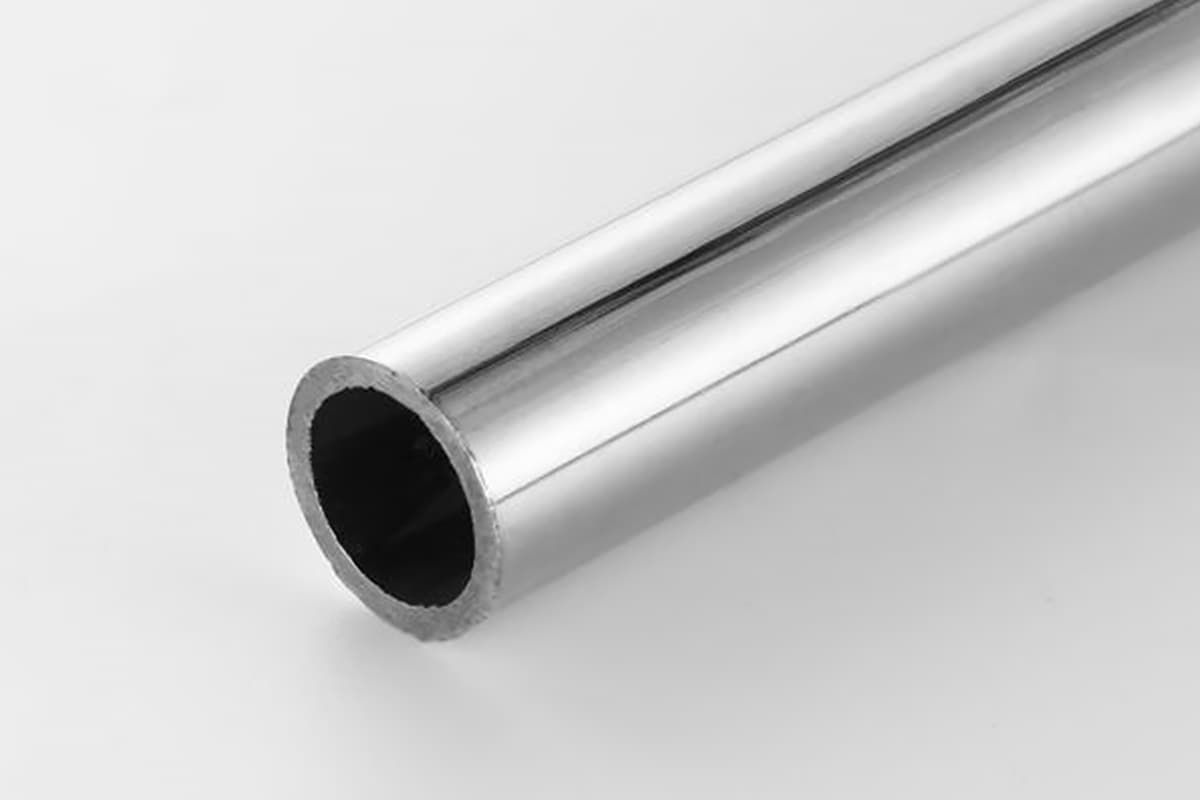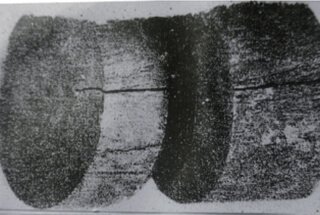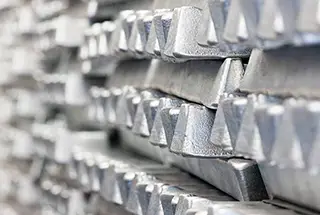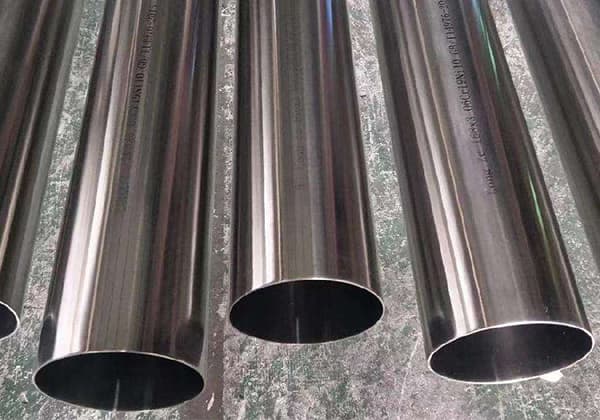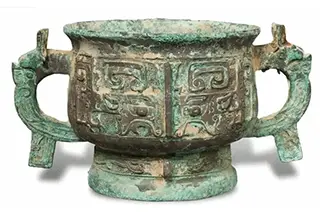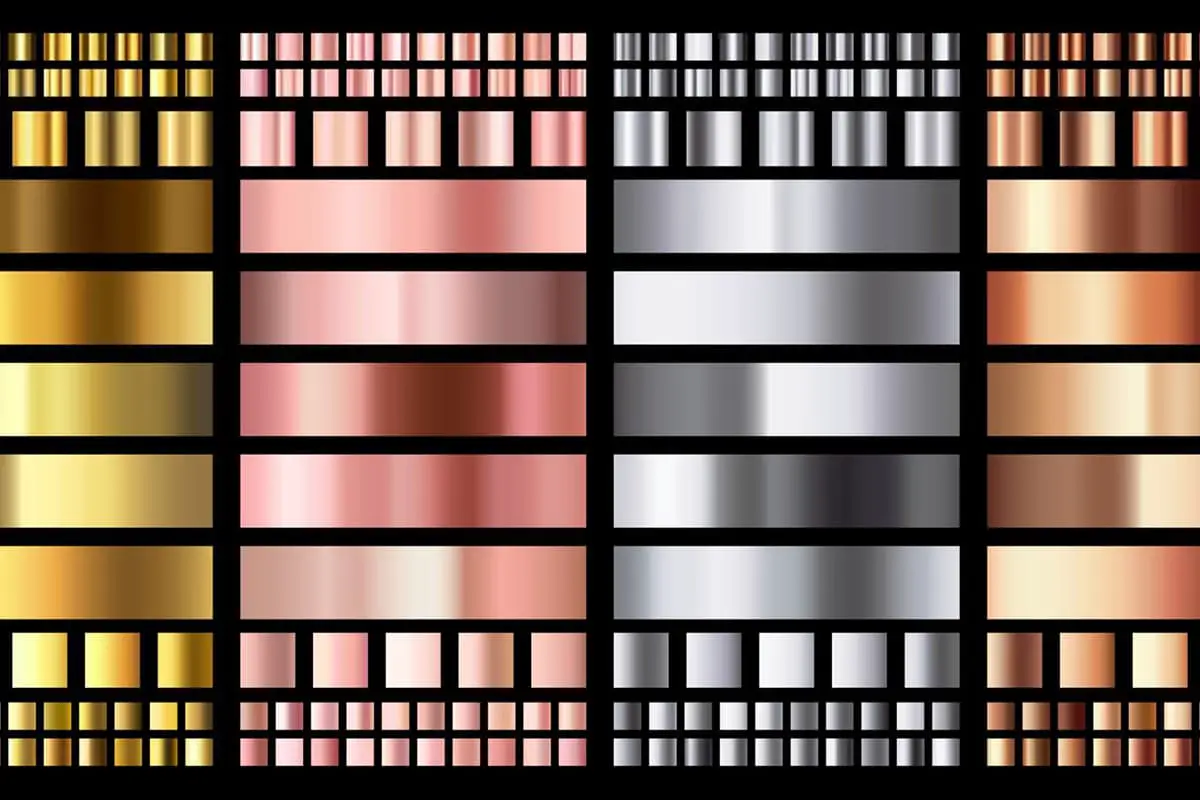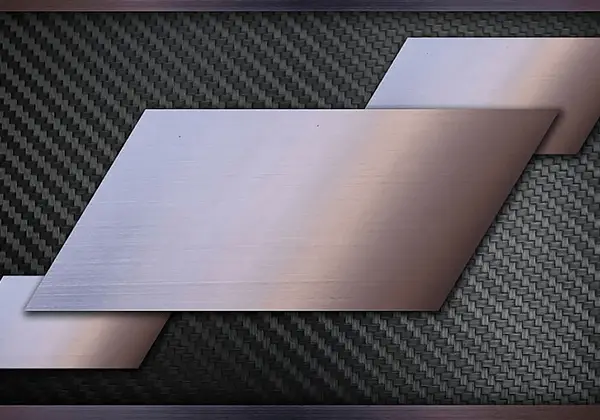
What makes 304 stainless steel so essential in various industries? This article dives into its chemical composition, primarily iron, chromium, and nickel, and how these elements define its properties. You’ll discover the slight variations in composition according to different national standards, providing a comprehensive understanding of this versatile material’s makeup. Learn about the specific requirements and applications that make 304 stainless steel a preferred choice globally.
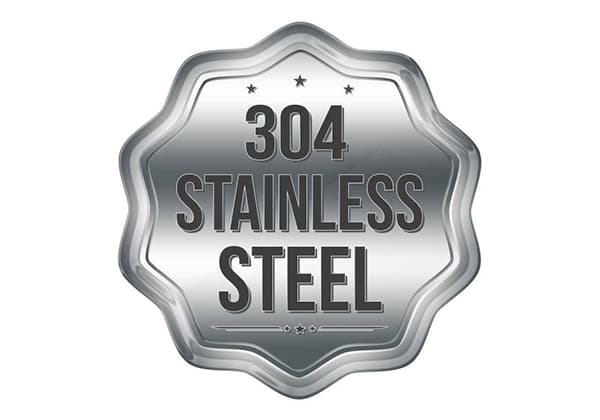
Abstract: The chemical composition of 304 stainless steel can vary based on different national standards.
The table below shows the chemical composition of 304 stainless steel according to national standards.
304 stainless steel primarily consists of iron (Fe) followed by chromium (Cr) and nickel (Ni).
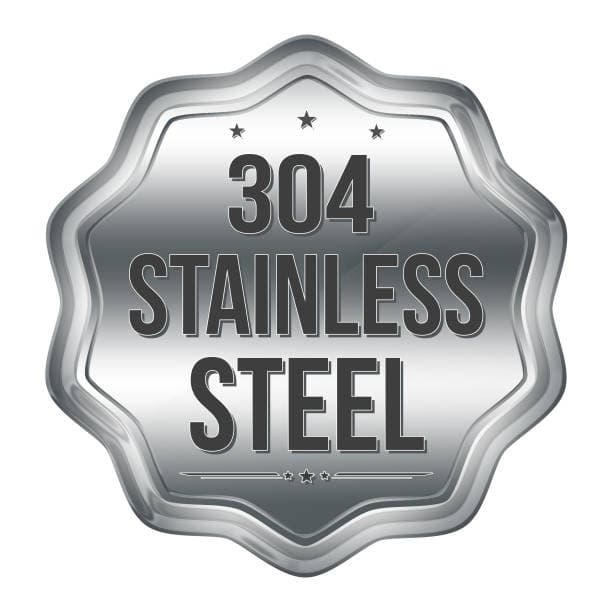
The chemical composition of 304 stainless steel primarily consists of iron (Fe) at 67-71.5%, chromium (Cr) at 17.5-19.5%, and nickel (Ni) at 8-10.5%.
304 stainless steel is recognized as the American standard stainless steel grade and is referred to as SUS304 in Japan and 06Cr19Ni10 in China.
Each country has slightly different composition requirements for 304 stainless steel. For example, according to the national standard GBT24511-2017 in China, the chromium content (Cr) in 06Cr19Ni10 stainless steel should be between 18.00% and 20.00%.
The American ASTM A240 standard requires a chromium content of 17.5-19.5%.
To understand the elements contained in 304 stainless steel, refer to the 304 stainless steel composition comparison table.
Related reading: Stainless Steel Grades: The Ultimate Guide
Composition Comparison Table of National Standard 304 Stainless Steel (by element content ratio)
| Standard name | UNS No. | Brand C | Mn | P | S | Si | Cr | Ni | N | |
| American standard ASTM A240M-15a | S30400 | 304 | 0.07 | 2 | 0.045 | 0.03 | 0.75 | 17.5-19.5 | 8-10.5 | – |
| Old national standard GB24511-2009 | S30408 | 06Cr19Ni10 | 0.08 | 2 | 0.035 | 0.02 | 0.75 | 18-20 | 8-10.5 | 0.1 |
| New national standard GB/T24511-2017 | S30408 | 06Cr19Ni10 | 0.08 | 2 | 0.035 | 0.015 | 0.75 | 18-20 | 8-10.5 | 0.1 |
| Japanese standard JISG4305:2005 | – | SUS304 | 0.08 | 2 | 0.045 | 0.03 | 1 | 18-20 | 8-10.5 | – |
| European Standard EN10028-7:2007 | – | 1.4301 | 0.07 | 2 | 0.045 | 0.015 | 1 | 17.5-19.5 | 8-10.5 | 0.1 |
304 stainless steel is widely utilized and is one of the common austenitic stainless steel grades.
In China, the equivalent grade to 304 stainless steel is 06Cr19Ni10.
For the composition requirements of national standard 06Cr19Ni10 stainless steel, refer to the comparison table of the American standard, old national standard, and new national standard 304 chemical composition.
The chemical composition of 304 stainless steel has minimal differences between national standards.
When technical specifications require the use of American standard, national standard, or Japanese standard materials, it is necessary to use materials that conform to the corresponding standards (304, 06Cr19Ni10, or SUS304).

